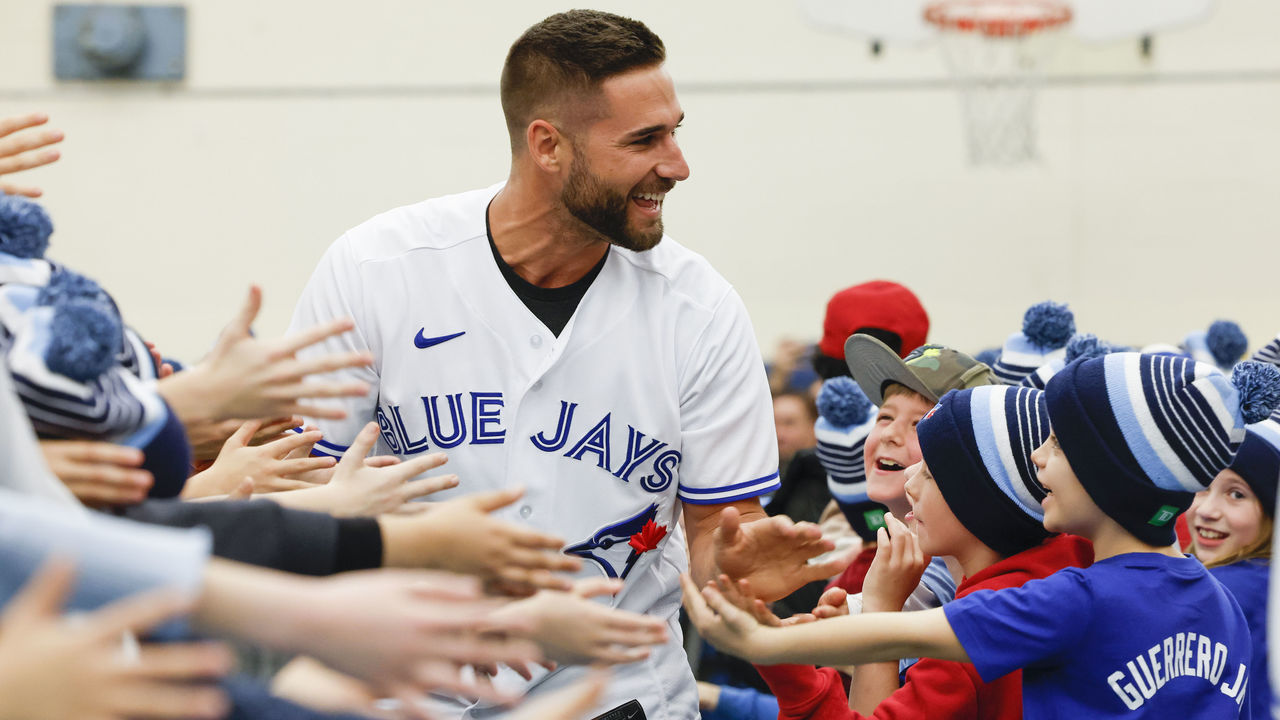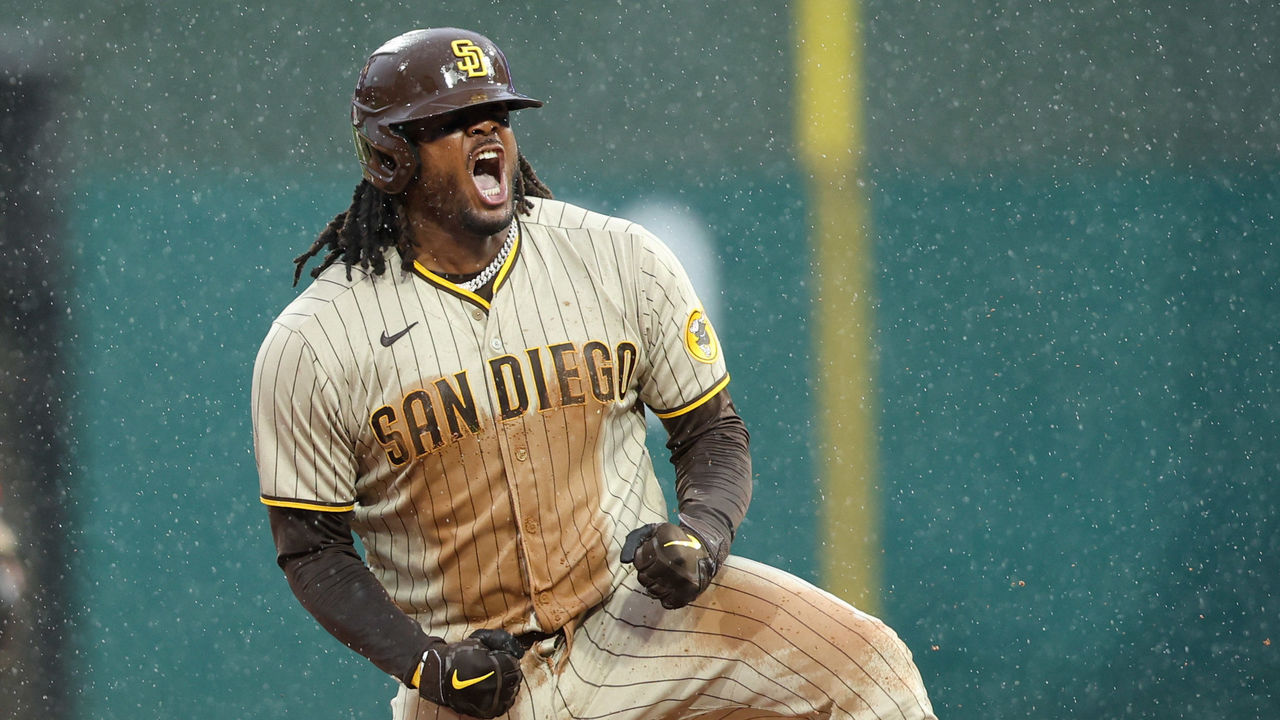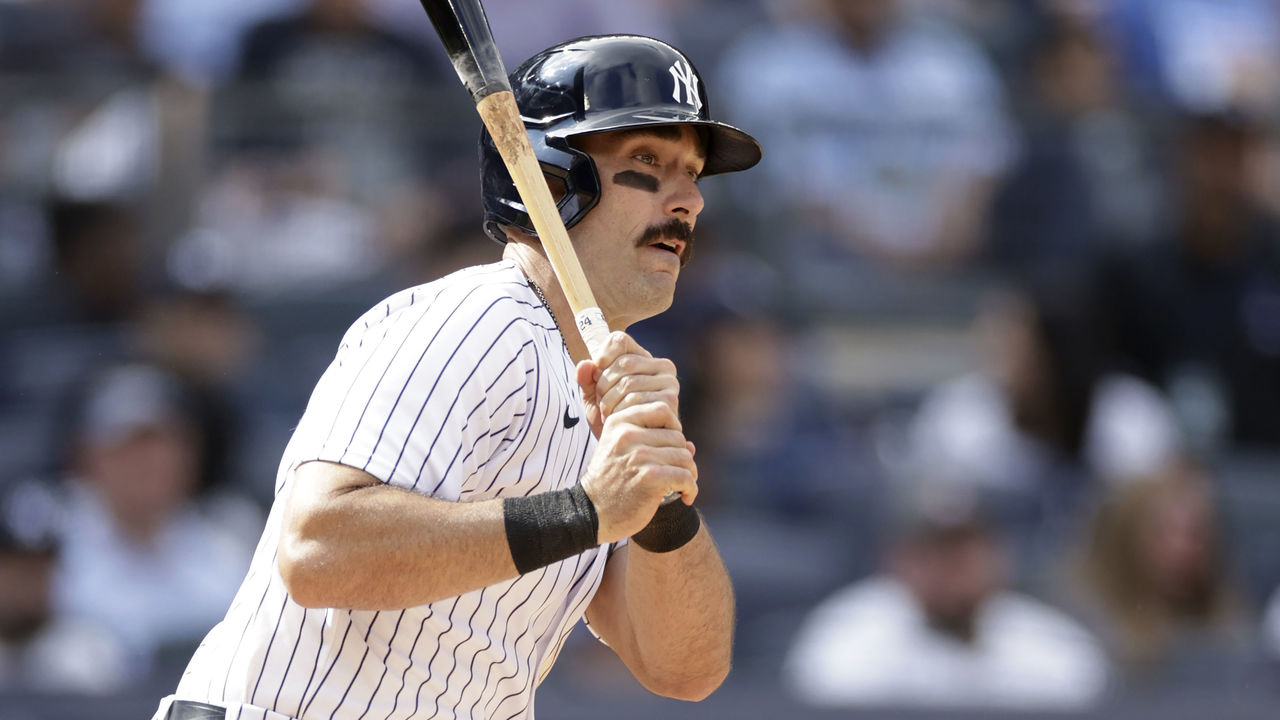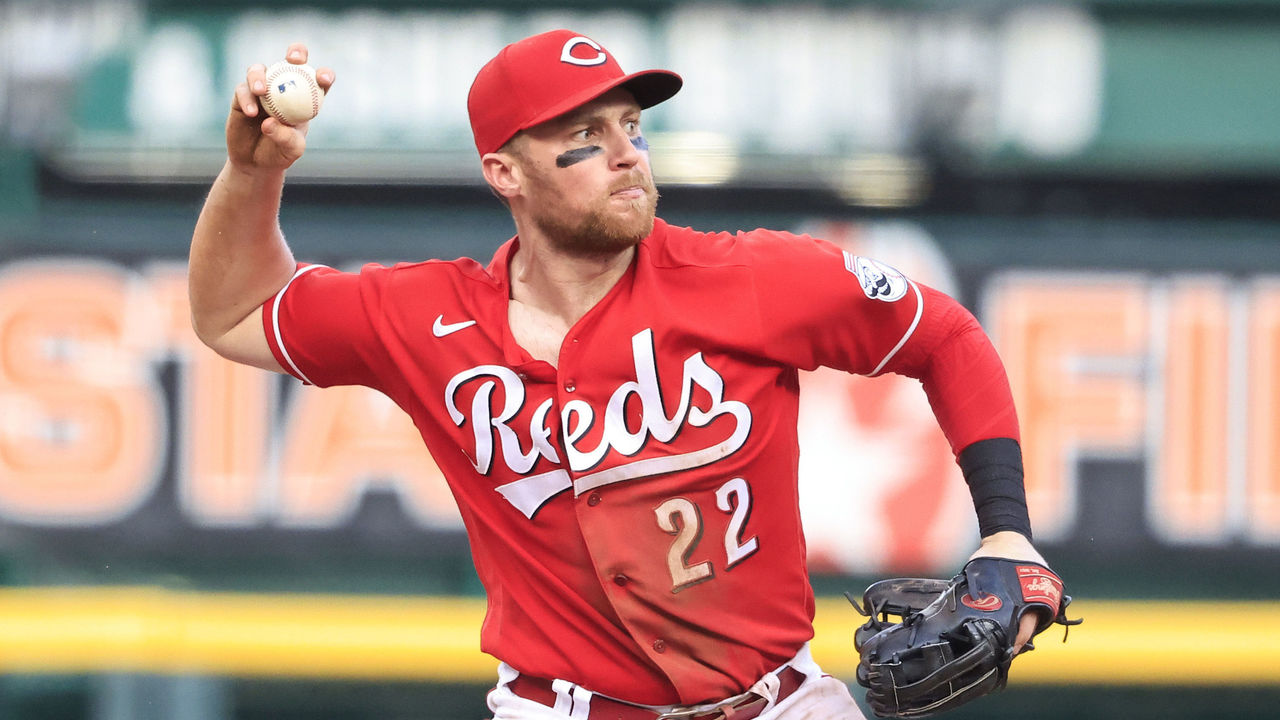5 most important under-the-radar moves of the offseason
Most offseason headlines focus on star free-agent signings and for good reason. Aaron Judge and Justin Verlander can make a huge impact for your favorite club - if ownership is willing to write the check.
But less splashy signings can make a big difference, too, especially if they help a hopeful contender improve a position of weakness.
With spring training underway and most free agents signed, we're looking at five under-the-radar signings: Players signed to deals of two years or less who were generally unranked in the top 30 free-agent lists published. They can make a big difference for teams looking to bolster their playoff chances.
Kevin Kiermaier, CF, Blue Jays
Yes, the former Tampa Bay center fielder owns a lengthy injury history, including a hip issue last season that required surgery. Yes, it's possible he's lost a couple of steps at age 32 - although Statcast still ranked his sprint speed in the 93rd percentile last year (and his arm in the 94th percentile). But those concerns are why he was available for a one-year deal at a relatively modest $9 million. If healthy, he could provide significant improvement in Toronto.

The Blue Jays were 22nd in center-field defense last year based on defensive runs saved (minus-5). And while the outfield dimensions are changing at the Rogers Centre - most notably in right-center field - center field and the power alleys will remain mostly unchanged. Kiermaier doesn't put up the gaudy DRS numbers he did early in his career, but he's still an above-average defensive player.
Moreover, the Blue Jays were the most right-handed team at the plate last year and Kiermaier hits left-handed. He'll never be confused with a middle-of-the order thumper, but he's been about a league-average bat for his career (98 OPS+, 97 wOBA+). He's also a groundball-heavy hitter who could benefit from the coming shift ban. With his speed, his baserunning numbers could also get a boost from the larger bases and pickoff limitations coming into play, too. Kiermaier, if healthy, could be a great value.
Josh Bell, DH/1B, Guardians
Last season, the Guardians ranked 26th in the majors in combined wRC+ production from their first base and DH positions (87). Franmil Reyes was released midway through the season, and light-hitting Owen Miller made 71 starts at first. Only non-contenders like the Cubs, Tigers, Pirates, and A's were less productive at DH and first base.

The Guardians aren't often major players in free agency but they gave a two-year, $33-million deal, which includes a player opt-out, to Bell this winter. Bell's a streaky hitter, but he owns a career 116 wRC+, and should enjoy an upgrade in coaching and development practices in Cleveland; his high walk rate and contact skills fit perfectly with the team's approach. Going from below average to above average at DH and 1B, where Bell and Josh Naylor figure to absorb most of the work, could be a big deal in the AL Central.
Ross Stripling, RHP, Giants
The Giants had a strange and disappointing offseason according to many of their fans. The club went all in on Judge and fell short. The Giants then turned their attention to Carlos Correa, agreed to a deal in principle, but balked at the shortstop's medicals. The Giants didn't sign any superstars and compete in a division with two southern California teams with loaded rosters.

The lack of a big splash doesn't mean the Giants were inactive. They spent the eighth-most dollars in free agency. They pivoted to Plan B of volume over superstar talent, and among those signings is an arm likely to return excellent value: right-hander Ross Stripling.
Stripling, who began last year as a swingman in Toronto before taking a regular rotation spot because of injuries, is expected to keep starting. In an offseason in which free-agent starting pitchers earned an average of $16 million per year, according to Cot's Baseball Contracts data, Stripling signed a two-year, $25-million contract, despite posting career bests in innings (134) and ERA (3.01).
He had his best year in part because he was a different pitcher. He relied less on his weakest pitch - his four-seamer - and leaned more on his changeup and slider. He didn't throw any pitch more than a third of the time but threw three pitches at least 20% of the time. He was one of only three pitchers last season to throw five different pitches at least 7% of the time. The diversity allowed his entire pitch mix to play up and his four-seamer went from a negative to a positive, according to FanGraphs. His two-seamer, changeup, and slider were also above-average offerings.
His command remained superb. Among pitchers to throw at least 100 innings, he trailed only Corey Kluber and Aaron Nola in walks allowed per nine innings (1.3).
Stripling will have to prove he can handle a full year in the rotation, but he's been as effective as a starting pitcher for his career as he has been as a reliever (3.80 xFIP as a starter, 3.79 as a reliever).
While the Giants lack a dominant ace, San Francisco ought to have one of the game's deepest rotations with Logan Webb, Alex Cobb, Sean Manaea, and Stripling.
Matt Carpenter, DH/Utility, Padres
Last offseason, Carpenter went all over the country as a free agent to retool his swing. It worked. After being released by the Rangers in the spring, he signed with the Yankees and produced an astounding 217 wRC+ (albeit in only 154 plate appearances). Carpenter may have revitalized his career after not being a regular since 2019.

Now, 37-year-old corner bats aren't usually sought after, and no one is expecting another 200 wRC+ performance. But if he can hit like he did during his 2013-18 heyday with the Cardinals, Carpenter will be an important lineup piece at the bottom of a Padres order that is loaded at the top.
Can we believe - at least to an extent - in Carpenter's 2022?
Carpenter's always been an extreme fly-ball hitter, but he learned to harness that by pulling the ball. He led all hitters in pulled fly-ball percentage (44%), which helped account for his 15 home runs and 9.7% home-run rate (compared to a 3.2% rate in his career). It suggests some of his power gains are real and he wasn't just a product of Yankee Stadium's short porch in right field. He posted an .840 OPS and hit six home runs on the road in 91 plate appearances.
Brandon Drury, 2B/INF, Angels
The stars-and-scrubs approach has never worked around Mike Trout and Shohei Ohtani. So in Ohtani's last year before free agency, the Angels are finally creating some lineup depth.

One of those additions is Drury, who enjoyed a breakout season with the Padres and Reds last year. While he'll miss hitting at Great American Ball Park, his 10.4% barrel rate last year would play anywhere. He also brings versatility, as he's played every infield position - and the Angels ranked 24th or worse in WAR at every infield position last season.
Drury should help the club move nearer to league average at an infield spot. The club also added another versatile infield defender in Gio Urshela. If third baseman Anthony Rendon can remain healthy (he's lost none of his plate skills), and if first baseman Jared Walsh can bounce back from thoracic outlet surgery, the Angels could enjoy much better infield play to build around Trout, Hunter Renfroe, and Taylor Ward in the outfield, and Ohtani in his DH/ace role. The Angels have stars. They need fewer scrubs. And they might have their best lineup in years.
Travis Sawchik is theScore's senior baseball writer